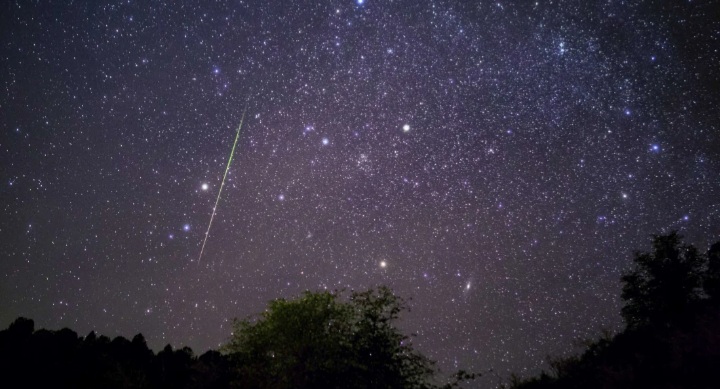Get ready to give an amazing treat to your eyes as the Leonid meteor showers are currently making their yearly appearance, and will reach their peak in India on November 17 and 18. In 2020, these showers are active from November 6th to November 30th.
What is Leonid Meteor Showers?
Like all meteor showers, the Leonids are caused by meteoroids from outer space burning up on their descent toward Earth. These particular shooting stars come from the rocky tail of Comet 55P/Tempel-Tuttle. Each November, debris from the comet pummels the Earth’s atmosphere, causing meteors to light up the sky at rates that can exceed 1000 per hour. During this year’s showers, peaks of around 10 to 15 meteors are expected to be seen every hour.
In India the Leonid meteor shower is expected to peak Tuesday and Wednesday (17-18 November) and will send shooting stars across the sky. The meteor has been visible since the first week of November and will continue to put on a show till the end of this month. During the peak, 10 to 15 meteors are likely to be visible every hour.
The phenomenon will be best viewed after midnight and before dawn on both the days (and for the rest of the month), with most visibility in the Northern Hemisphere. The showers can be seen with the naked eye. Using binoculars or telescopes is likely to limit the field of vision.
The showers will be visible all over India, under optimal viewing conditions.
This meteor shower is called ‘Leonid’ as it appears to originate from the constellation Leo in the night sky and radiates outward. Meteor showers are more visible on cloudless and moonless nights, under less polluted conditions. This week, the moon will be less than five per cent full, offering conducive conditions for cloudless nights. Chances of an impressive viewing are higher in locations far away from the lights of cities.
👉 Click here to read the latest Gujarat news on TheLiveAhmedabad.com



